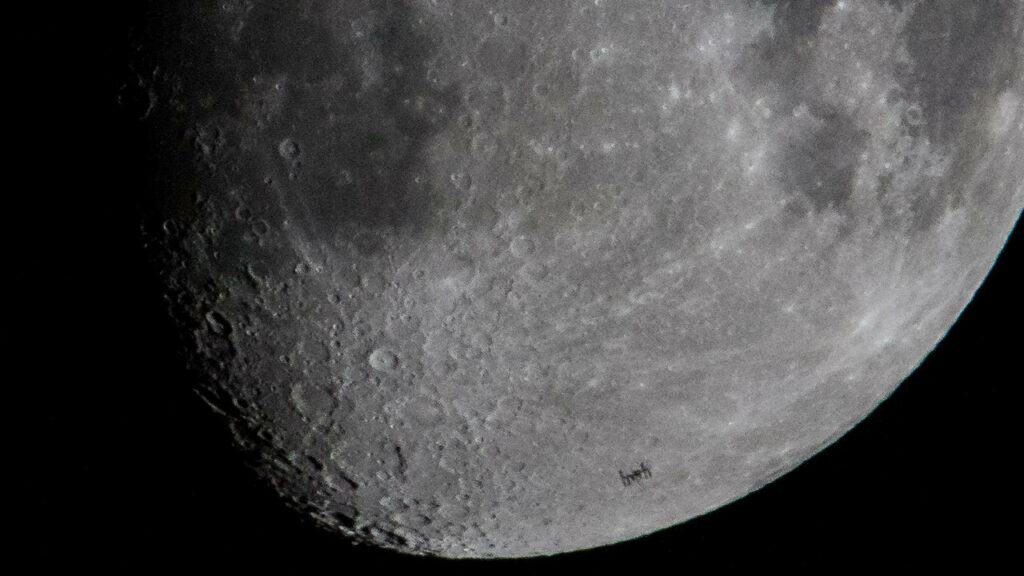The Apollo lunar flights ended in 1972 but interest in the moon and the possibility of going back is still going strong. NASA hopes to send astronauts to the lunar South Pole by 2024, working with commercial and international partners.

Doing so raises many logistical questions, such as the establishment of a base for the astronauts. Sending materials to the moon to build a base can be expensive and difficult, however, so space agencies are investigating new approaches, including the use of urine.
In a new study, researchers have found that urea, the major organic compound found in human urine, could be useful for making concrete for lunar structures. Its use could make them less brittle and more flexible, and resulting in hardier buildings.
“The two main components of urine are water and urea, a molecule that allows the hydrogen bonds to be broken and, therefore, reduces the viscosities of many aqueous mixtures,” said materials scientist Ramón Pamies of the Polytechnic University of Cartagena in Spain.
Pamies and a group of researchers from Norway, Spain, the Netherlands, and Italy conducted a number of experiments testing the use of human urea as a plasticizer. To do so, they used a material developed by the European Space Agency similar to lunar regolith.
They tested this material with urea and with other plasticizers, seeing how much weight it could support. They first tested its resistance after heating the material to 80ºC (176 ºF), followed by repeatedly freezing and thawing it. This was meant to see if the material would endure weather conditions at the moon, where temperatures can vary from 120º C (250º F) during the day to -130°C (-208°F) at night. Any building materials there would have to withstand significant thermal change while still insulating the interior.
Thankfully, the tests showed promising results. The urea that was used as a plasticizer could support heavy weights, remain stable, and keep its shape despite the harsh weather. Nevertheless, there are still challenges ahead before we’ll be able to actually use the urea.
“We have not yet investigated how the urea would be extracted from the urine, as we are assessing whether this would really be necessary, because perhaps its other components could also be used to form the geopolymer concrete,” Anna-Lena Kjøniksen, one of the researchers from the Norwegian university, said in a statement.
The study was published in the Journal of Cleaner Production.






